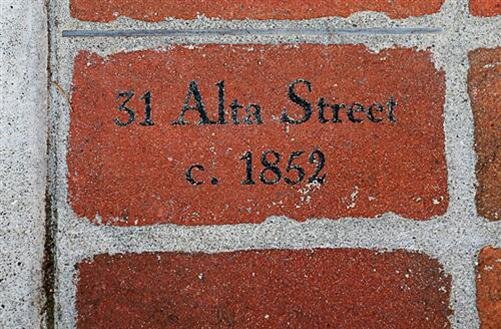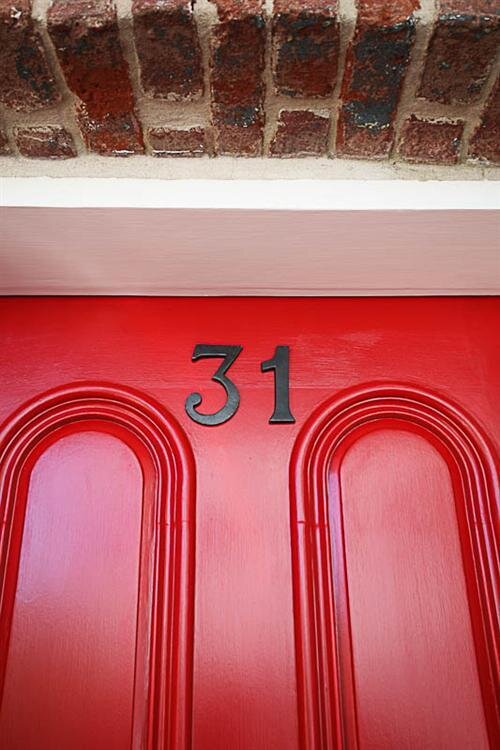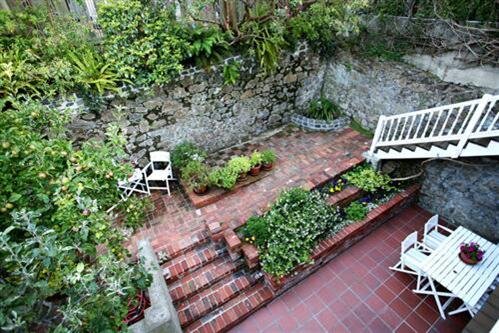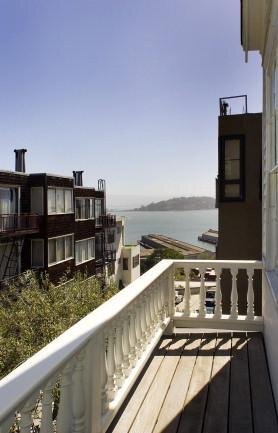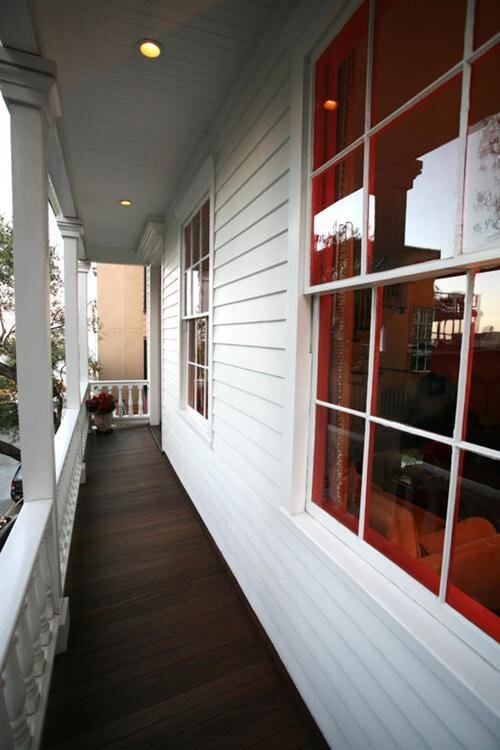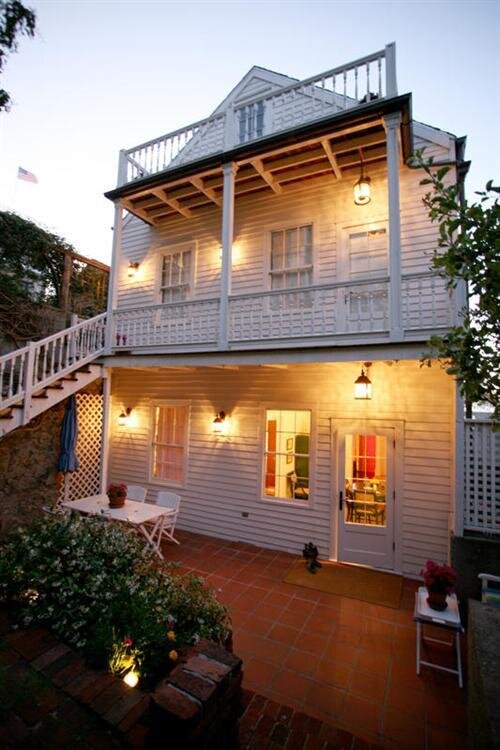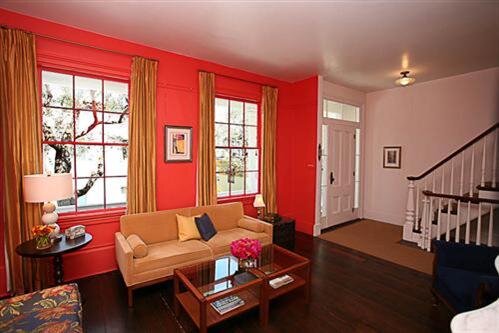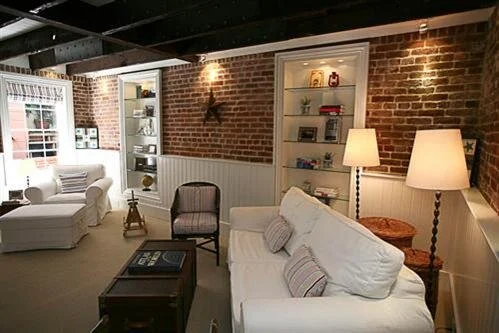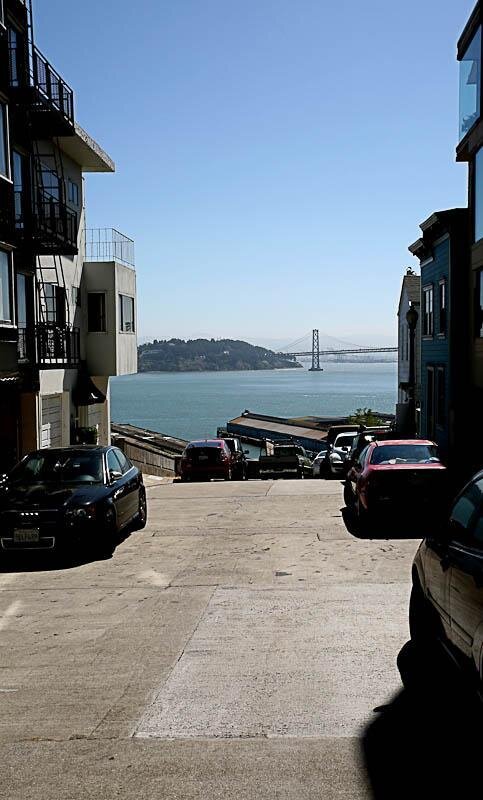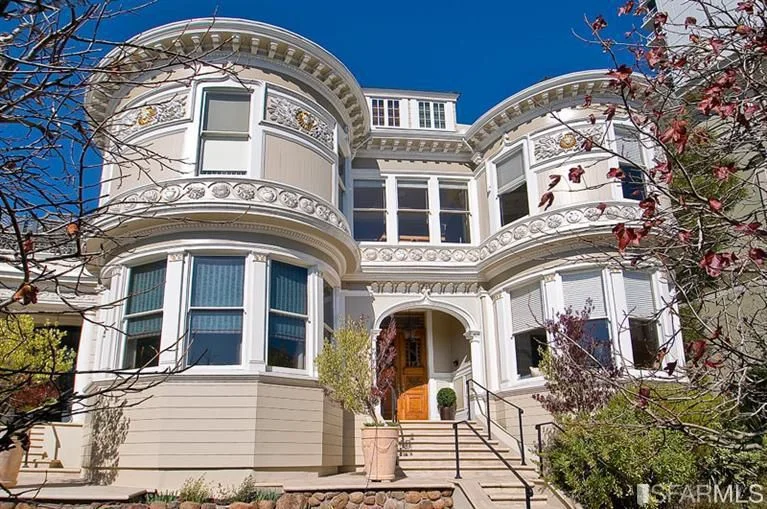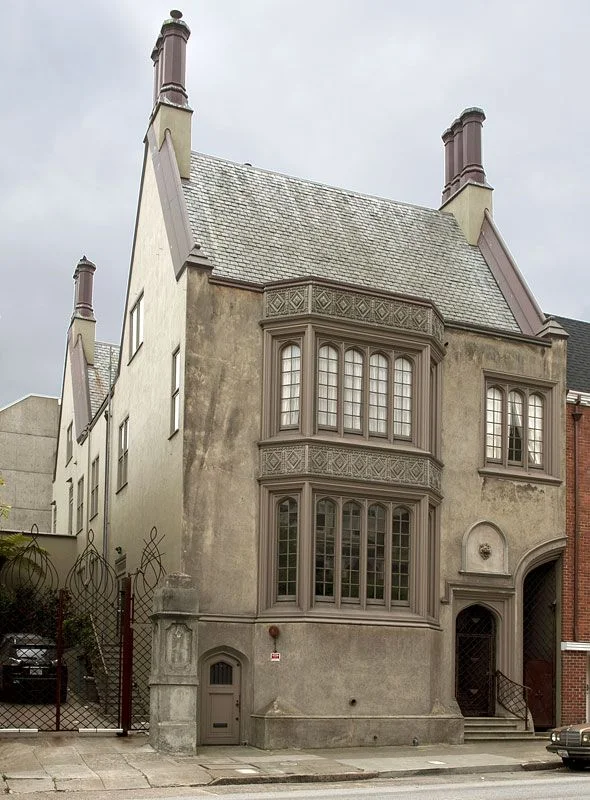San Francisco Historical Home
/Telegraph Hill Tavern and “Tea Party"
31 Alta Street, Telegraph Hill
From shipyard overlook to Prohibition era speakeasy, 31 Alta is a house with rich history, including stories of wild parties and resulting police raids. But perhaps its most impressive claim: that it’s the oldest surviving home in San Francisco.
In 1852, Captain Andrews built his home on the Eastern slope of Telegraph Hill, perched for a direct view of ships sailing into the shipyards below. The home remains virtually unchanged after over a century, during which San Francisco itself metamorphosed. Entire neighborhoods disappeared while others appeared; steep streets were graded over the hills; Coit Tower and a forest of skyscrapers grew in the distance.
A survivor of both the 1906 earthquake and subsequent great fire, 31 Alta traded hands several times prior to the 1920s but the most infamous inhabitant of throughout the last century was a reputed Russian noble, Myrtokleia Sawvelle who, according to David Myrick’s San Francisco’s Telegraph Hill, converted the brick dining room and kitchen into a “night club.” Myrick reports that printed cards were sent to a prospective clientele announcing her Telegraph Hill Tavern as having “all the atmosphere of the Montmarte with a Marine view.”
31 Alta, seen in this photo from the 1850s.
Apparently the views from the double balcony were even more striking than they are today. A photograph taken during the 1850s shows the broad, open view from Alta street before it was paved in the 1930s. Today that view is partially blocked by all the rest of the buildings now occupying the north side of Alta: modern architecture’s answer to straightforward utility. According to Myrick, Myrtolkleia (who came to be known as Myrtle) served tea at two in the afternoon, followed by dinner at six and supper after ten; while a Sunday morning brunch was offered from eleven to two.
On that eventful night in February 1927, Myrtle’s guests must have been carousing on the balconies and howling at the moon late into the night. However, the neighbors on Telegraph Hill were not putting up with it that night. The constabulary were called, and the Black Maria arrived to escort Myrtle and her party to the city jail for the rest of early morning.
Myrtle not only had considerable skill in the culinary arts and the charm to be a gracious hostess, but she was also a pro at public relations. While the press headlined the story “Wild ‘Tea Party’ Raided”, her account painted for the reporters a not unusual evening of tea and art appreciation. Apparently, Myrtle was giving a private exhibition of a new work of art by Elwood Decker described as “an esoteric blue damsel charging through a red fog.”
“We were sitting around admiring Elwood Decker’s new painting,” relates Myrtle Sawvelle’s account in the press. We weren’t even drinking anything but tea and I was making a pan full of biscuits for a little supper when the police came and made us all get in that black wagon. Some of the guests who arrived late were making quite a bit of noise but we didn’t realize that this was disturbing anybody, she said. We are going to start all over again with a tea room and this time there will be no nights in jail.”
According to Myrick, it was not to be. Her food was exotic, her liquor was good — but her timing was poor because her teas were taking place during Prohibition. Her homemade brews landed her in jail again for 90 days, and she was promptly appointed jailhouse cook. Tackling her new job with gusto, Myrtle became the heroine of her fellow inmates. Her fellow prisoners never ate so well, in or out of jail, and it was a sad day when she was liberated. A year later, Myrtokleia retired to Carmel.
The current owner has owned the home since 2002 and placed it on the market for $3,800,000 in 2010 and again in 2011 for $1M less. The home did not sell and now seems to be used as a rental.
A few photos from when the home was on the market.




